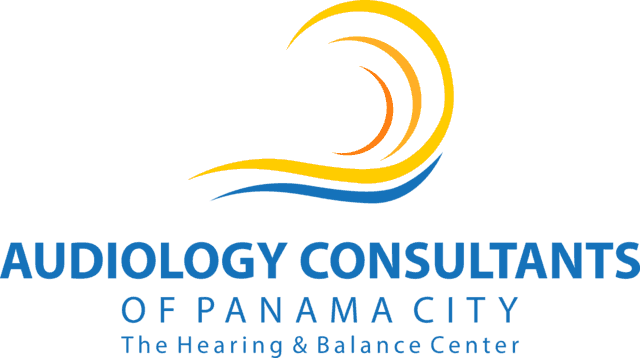- Using Hearing Aid Accessories for Enhanced Listening - May 6, 2025
- Practical Tips for Managing Daily Challenges With Tinnitus - April 8, 2025
- Signs Your Hearing Aid Battery Needs to Be Replaced - March 13, 2025
Studies have shown that those with severe hearing loss are better at understanding nonverbal communication than their counterparts. This is not surprising, since reading body language and facial expressions are central cues for those hard of hearing, to help them understand what is being said when they struggle with speech recognition.
What is Nonverbal Communication?
Nonverbal Communication is defined as nonlinguistic communication. It includes the use of more obvious visual cues such as body language, facial expressions, touch, and tone of voice, as well as less apparent ones like distance, environment, or appearance.
Research has shown that when we communicate, words only make up 7% of our total communication, while up to 55% is our body language. This goes to show that nonverbal communication is a large component of understanding one another. For anyone with hearing loss, nonverbal communication provides greater dimensions of clues about what is going on.
Close to 60% of the U.S. workforce face some degree of hearing loss. For those with hearing loss, work meetings, workshops, or trainings can be extremely challenging, and they often struggle to pick up on all that was said. The following tips will help those with hearing loss to read nonverbal cues at workplace meetings.
Nonverbal Cues for “I Understand”
According to sign language specialist Katie Fitzpatrick, a linguistic concept called “backchanneling” allows hard of hearing people to express understanding while engaged in communication. In speech, the backchannel includes the “uh-huh-s” and the “hmm-s” that even those without hearing loss use on a daily basis. For anyone hard of hearing, nodding along will be more helpful that verbalizing agreement.
The key difference on how backchannel is utilized is that hearing people often believe backchannels are a sign of communicative agreement rather than understanding. Because of this, it’s important to recognize body movements and facial expressions as well. Fitzpatrick writes, “It does not mean that they agree with you, but just nodding along to understand and show acknowledgement of what’s being said.”
Nonverbal Cues for “I Want to Speak Now”
Laurie Achin, American Sign Language faculty at Northeastern University, says that when people are trying to speak up in a meeting, they show signs of restlessness in their seat. They may lean forward in their body movements or sit up straighter and higher in order to get the attention of the speaker.
In larger group meetings, the speaker may miss these visual body cues that the person is trying to express. To mitigate any potential missed opportunities for engagement, it is important to not only be more cognizant of body language and expression, but also to establish communicative criteria for feedback within group meetings.
As a facilitator you can establish rules that after each section, there will be time allotted for feedback and questions. Or you can create note cards where people can write down their opinions, provide feedback, or ask questions about the meeting. If you find yourself in a work meeting, make sure that these established norms to aid communication and understanding for everyone.
Nonverbal Cues for “I Need to Interrupt You”
Normally, interruptions or interjections while engaged in conversation are considered rude in our culture. However, some exceptions should be made, especially if the listener does not comprehend what is being communicated. This is especially relevant when it comes to anyone with hearing loss.
One group communication method we can adopt from is a more collaborative effort for sharing the speaking floor. This means that if one person the meeting recognizes a listener trying to interject or get the speaker’s attention, they will point in this person’s direction. This practice is extremely helpful in opening up communication access to those hard of hearing.
If you a facilitating a meeting, scan the room for signs that your hard of hearing colleagues may want to interrupt, or incorporate a collaborative effort method to allow people to speak. Regardless if one has perfect hearing or not, it is crucial to be aware of and recognize nonverbal cues.
Treat Your Hearing at Audiology Consultants
Have you or a loved one experienced changes in your hearing ability? Do you find yourself struggling with communication at the workplace? Treating your hearing loss with hearing instruments greatly improves your ability to engage in conversation. Contact us at Audiology Consultants to schedule a hearing test today!


